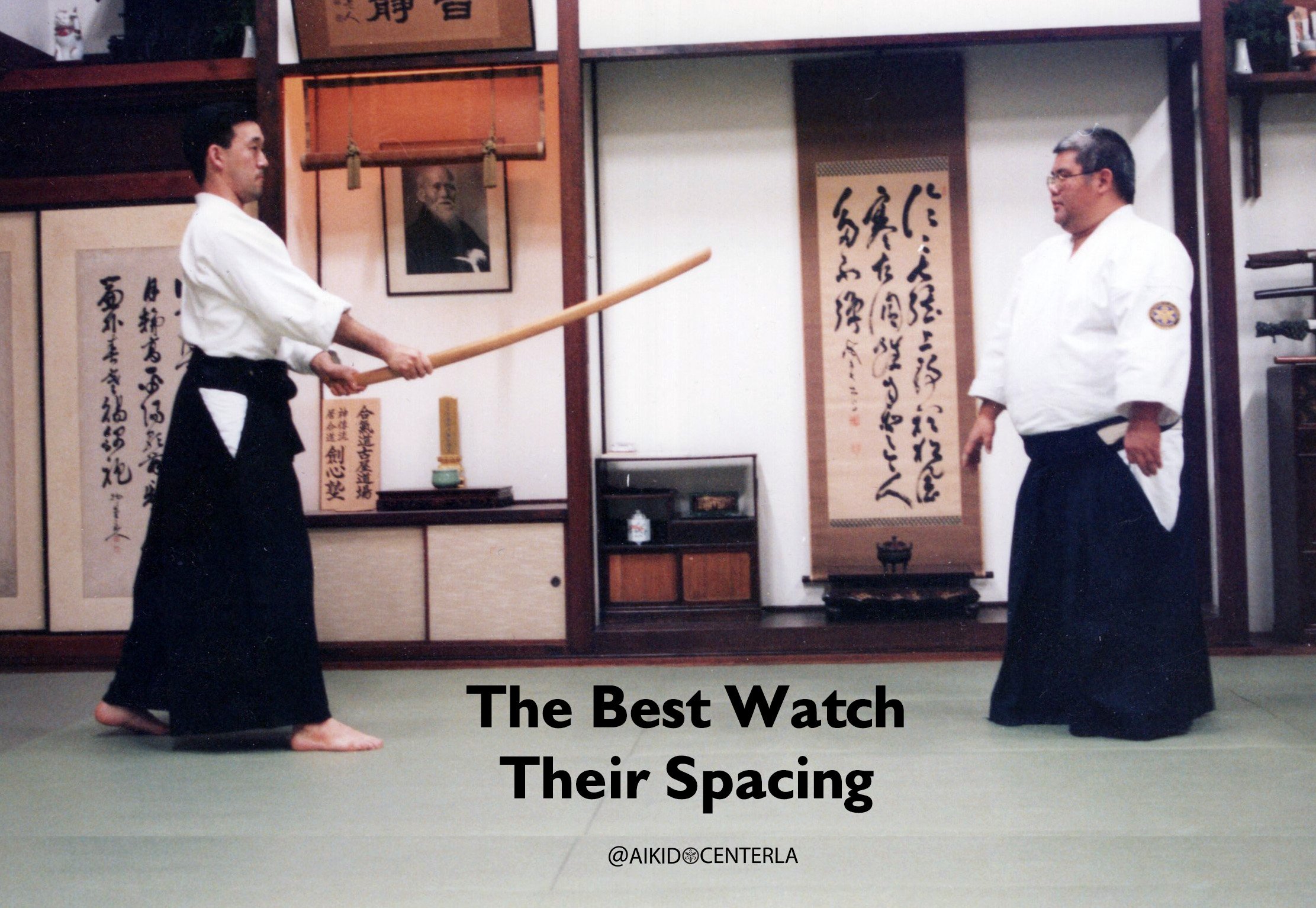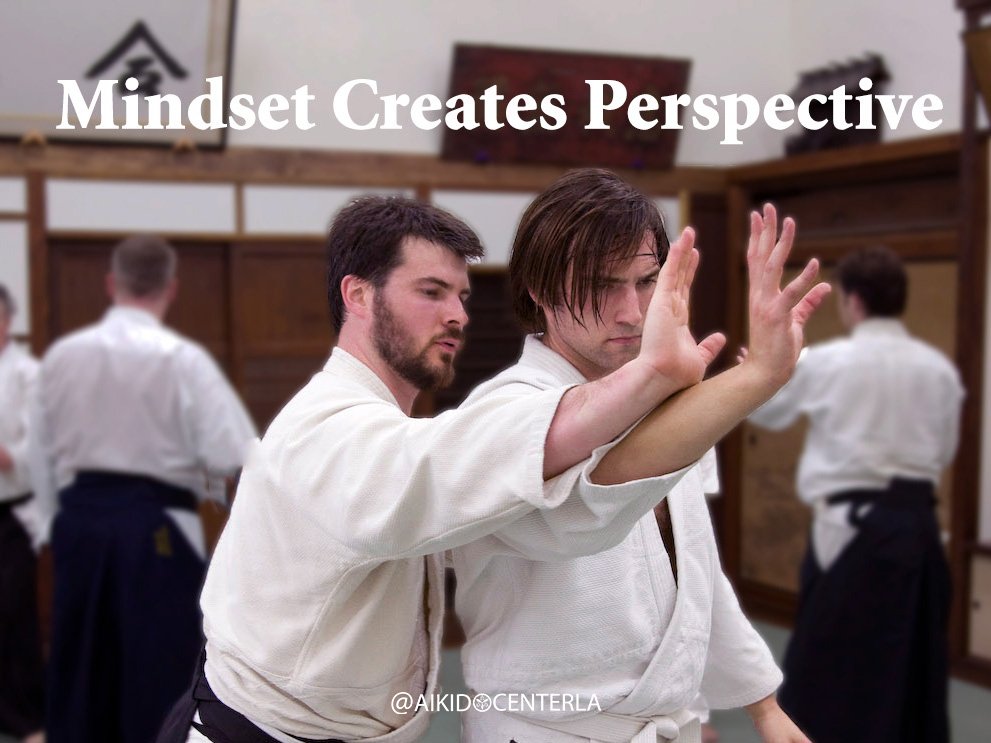明けましておめでとう
Akemashite Omedetou
Happy New Year!
This article was originally published in El Budoka magazine in Spanish on January 1st, 2024. Translated by Santiago Garcia Almaraz Sensei of Kodokai Dojo. Read the Spanish version.
According to Chinese astrology, 2024 will be the Year of the Wood Dragon. The Dragons in Japanese symbolism are the powerful protectors of mankind and are supposed to bring good fortune, happiness, strength, and courage.
Understanding that 2024 can be a year filled with prosperity, I suggest that students focus on themselves.
Please don’t get me wrong. I am not saying that we are supposed to think that we are “the” one or that we are #1 because that is having a self-centered focus. Arrogance is the beginnings of ego, pride, and self-centeredness which will only lead to our downfall. I am also not advocating that people be more selfish.
When I say, “focus on yourself,” I mean that we should focus on becoming the hero in our own stories. We have to become our own savior. We have to believe that no one is coming to our rescue not in a fatalistic sense but in the sense that I, alone, will be the one to fix my own problems because no one is coming to save me.
A person who becomes the hero in their own story adopts the mantra: “It has to be me.” The journey in martial arts training is hitoritabi (独り旅) or “a solitary journey.” We alone must make this journey and no one can do it for us and thus we alone have to put in the work to get good, be successful, or achieve our goals. Soto Zen monk Shunryu Suzuki said, “The most important point is to accept yourself and stand on your own two feet.” Thus, we must stand on our own two feet and become the hero in our own stories.
The Buddhist say that every person has busshou (佛性) or “Buddha nature.” Buddha nature is “the potential for all sentient beings to become a Buddha or the fact that all beings already have a pure buddha-essence within them.” Like Buddha nature, each person has jiriki (自力) or “personal power.” Many of us don’t know this power exists and it takes martial arts training to help us to realize this power and release it. The term jiriki comes from the Japanese idiom jirikikosei (自力更生) or “to improve one's way of life without relying on the help of others.” Thus, when we realize our own power, we learn to stand up on our own two feet.
When we realize that no one is coming to save us, we learn to put in the work, and we realize how to be self-reliant. Being self-reliant teaches us to have konjou (根性) or “fighting spirit.” Fighting spirit is how we develop the will to never give up no matter what the circumstance.
Here’s a story which typifies this idea of having the will to be the hero in your own story because we alone must have the will and fighting spirit to see things through to the end because no one is coming to save us but us.
During the Heian period (794 to 1185), there lived a famous Japanese warrior monk named Saito Musashibo Benkei who was more commonly known as Benkei. Benkei was born out of wedlock and joined the priesthood as a child. When Benkei was 17 years old, he stood 2 meters or 6.6 feet tall, had long hair and big teeth and so people started calling him Oniwaka (鬼若) or “demon child.” When Benkei was a young man, he traveled all over Japan studying Buddhism and engaging in duels. Benkei is often depicted carrying seven weapons on his back: a broad axe (masakari), a rake (kumade), a sickle (nagigama), a wooden mallet (hizuchi), a saw (nokogiri), an iron staff (tetsubo), and a Japanese halberd (naginata). This depiction was most likely to show his prowess as a warrior. At one point, Benkei was said to have been on a quasi-religious quest to take 1000 swords by defeating 1000 samurai warriors who he believed were unworthy. In his 1000th duel, he came upon a young samurai playing a flute and carrying a beautiful gold covered sword. Benkei thought, “This would be a great 1000th sword.” So, he challenged the much smaller man to a duel. Just before the duel, the smaller man said, “There are too many people in this shrine and people might get hurt, so we should duel on the bridge.” The terrain of the bridge however was too difficult for Benkei’s large body, and he lost handily to the much smaller samurai. That samurai ended up being the famous warrior Minamoto no Yoshitsune. Frustrated to have his streak broken, Benkei followed Yoshitsune to Kiyomizudera temple and waited for him to leave. Requesting a duel, Benkei easily lost to him for a second time. As a form of respect, Benkei knelt down and pledged his loyalty to Yoshitsune and became not only his retainer, but his friend too. Yoshitsune and his brother Yoritomo defeated the Taira clan in the Genpei War but after the war, Yoritomo became suspicious of Yoshitsune and ordered his death. Benkei was loyal to Yoshitsune and so the two fled. Yoritomo’s forces trapped Yoshitsune at the castle of Koromogawa no tate. To preserve his honor, Yoshitsune wanted to commit seppuku or “ritual suicide.” To allow Yoshitsune the time to preserve his honor, Benkei alone had to keep Yoritomo and hundreds of his retainers out of the castle. Wave after wave of soldiers tried to defeat Benkei but each one was either crushed by him or literally chopped in half. In total, Benkei killed over 300 soldiers by himself. Realizing that he could not beat Benkei in hand-to-hand combat, Yoritomo switched tactics and brought in his archers. Seeing the archers, Benkei adjusted his priest robes and stoically took a firm stance at the castle’s entrance. The archers shot volley after volley at Benkei but he never wavered. After an hour, Benkei just stood there riddled with arrows. Yoritimo ordered one of the soldiers to engage Benkei but when he got close enough, he realized that Benkei had died standing up. Benkei’s death came to be known as Benkei no Tachi Ojou (弁慶の立往生) or “the Standing Death of Benkei.” Benkei’s last stand has become the personification of a person who stands alone and typifies loyalty, courage and strength in the face of adversity.
In the end, we must learn to kogunfuntou (孤軍奮闘) or “fight alone.” Alone doesn’t mean helpless. Alone means that we must first and foremost rely upon ourselves. No one is coming to save us but us and therefore “it has to be me” that saves me. 2024 is supposed to bring good fortune, happiness, strength, and courage but the only way those things will ever come into fruition is by our own power. Go forward this year and make your way by your own power. The best martial artist has the courage to stand alone.





















